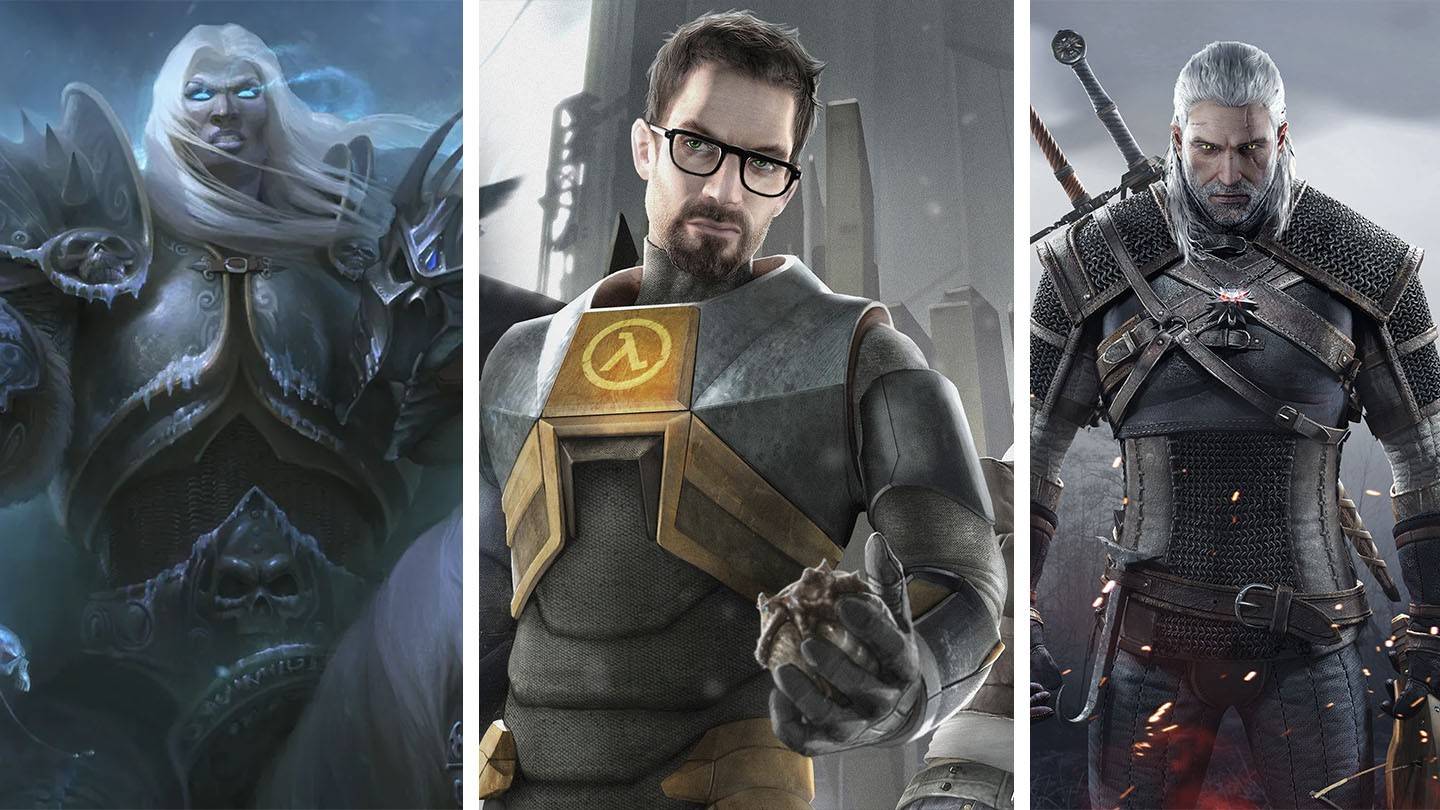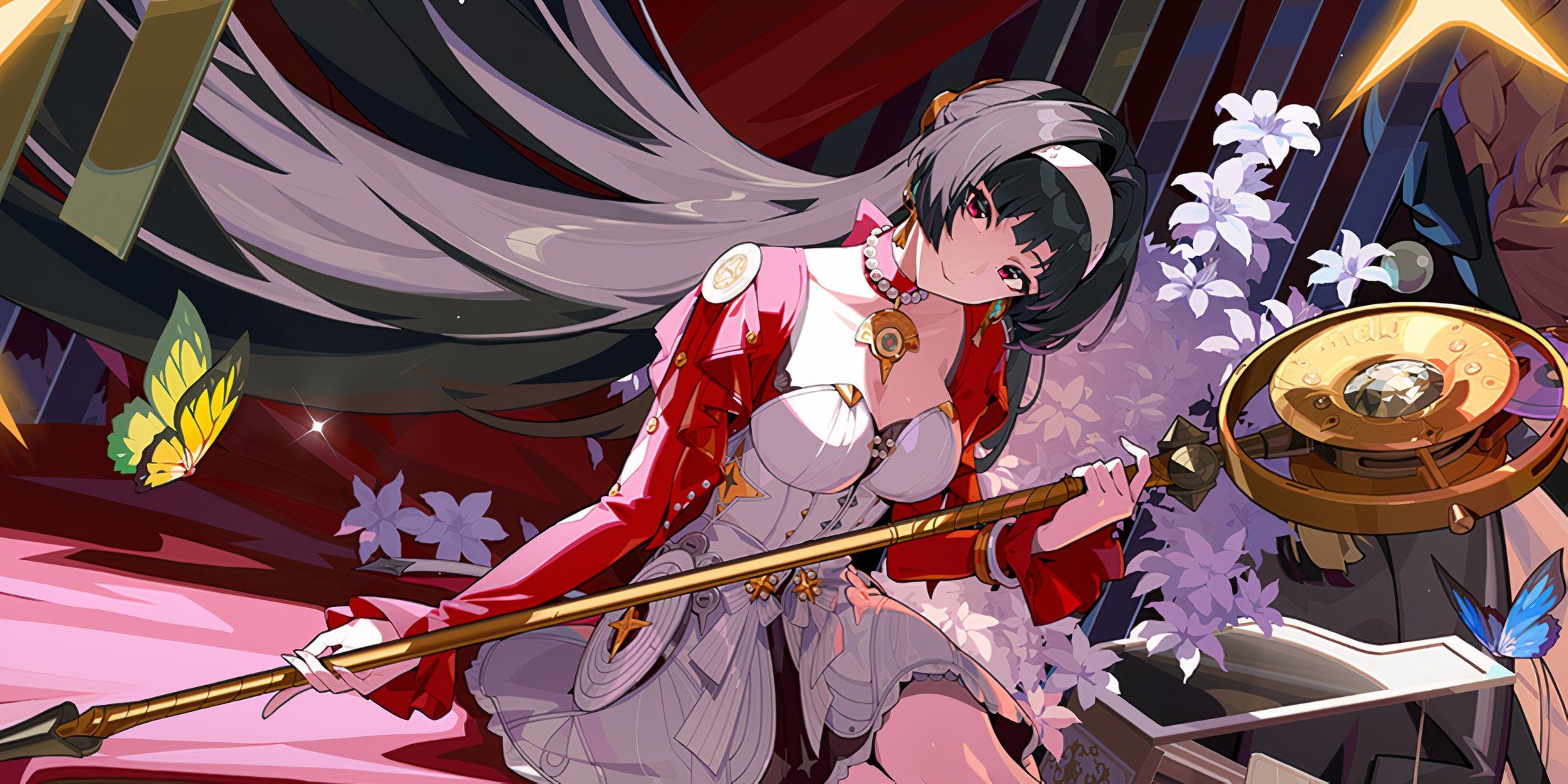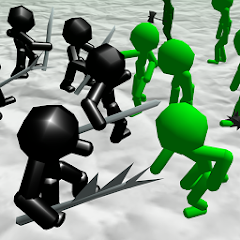The mid-1980s marked a pivotal era for Marvel, a time of creative highs and significant business success. Having weathered the financial storms of the late '70s, Marvel was poised to reshape the comic book industry. 1984's Secret Wars, while controversial, undeniably had a seismic impact, launching numerous storylines and character arcs that reverberated throughout the Marvel universe for years to come.
This period also saw the release of other iconic stories, including Frank Miller's Born Again Daredevil arc, Jean Grey's return in X-Factor, and Walt Simonson's epic Surtur Saga in Thor. This article delves into these seminal works and other significant narratives from this era, continuing our exploration of essential Marvel issues.
More Essential Marvel
- 1961-1963 - The Birth of a Universe
- 1964-1965 - The Sentinels Are Born and Cap Dethaws
- 1966-1969 - How Galactus Changed Marvel Forever
- 1970-1973 - The Night Gwen Stacy Died
- 1974-1976 - The Punisher Begins His War on Crime
- 1977-1979 - Star Wars Saves Marvel From Bankruptcy
- 1980-1982 - Did the Dark Phoenix Saga Usher in the Greatest Decade for Marvel?
Frank Miller's Born Again and Walt Simonson's Surtur Saga
Among the era's most acclaimed storylines are Frank Miller's Born Again (Daredevil #227-233), a collaboration with artist David Mazzuchelli, and Walt Simonson's Surtur Saga (Thor #340-353).
Born Again is widely considered a definitive Daredevil tale. Karen Page, tragically addicted, sells Daredevil's secret identity, leading Kingpin to systematically dismantle Matt Murdock's life. Reduced to rock bottom, Matt's eventual redemption, alongside Kingpin's descent into fanaticism, creates a powerful narrative. This story was loosely adapted in Netflix's Daredevil Season 3 and inspired the title of the Disney+ series, Daredevil: Born Again.
Simultaneously, Walt Simonson, as writer and artist, revitalized Thor, beginning with #337 and introducing Beta Ray Bill. Simonson's Surtur Saga, a year-long epic, features the fire demon Surtur's attempt to trigger Ragnarok. The saga culminates in a spectacular battle between Thor, Loki, Odin, and Surtur. Elements of this story were later incorporated into Thor: The Dark World and Thor: Ragnarok.
Secret Wars: Reshaping the Comic Book Landscape
In a previous installment (Part 4), we discussed how 1973's Avengers/Defenders War foreshadowed the event crossover model. Secret Wars (1984), a 12-part miniseries written by Jim Shooter (then Editor-in-Chief) with art by Mike Zeck and Bob Layton, solidified this trend. Born from a marketing collaboration with Mattel, the story involves the Beyonder teleporting Marvel heroes and villains to Battleworld for a contest of good versus evil.
While Secret Wars is a mixed bag—criticized for its uneven character portrayals and simplistic plot—its impact on the industry is undeniable. Its success spawned Secret Wars II and, alongside DC's Crisis on Infinite Earths, cemented the event comic as a dominant publishing model.
Spider-Man: The Hobgoblin, the Symbiote Suit, and Jean DeWolff's Death
Roger Stern's run on Amazing Spider-Man, starting with #224, marked a return to form for the character. His most significant contribution was the introduction of the Hobgoblin in #238. While Stern's original Hobgoblin saga was cut short due to editorial interference, his return in 1997 finally revealed the villain's identity as intended.
Amazing Spider-Man #252 introduced Spider-Man's black symbiote costume, later revealed to originate from Battleworld in Secret Wars #8. This storyline led to the creation of one of Spider-Man's most enduring villains. The black suit remains an iconic part of Spider-Man's visual identity, adapted numerous times in various media. Another pivotal story, The Death of Jean DeWolff (Spectacular Spider-Man #107-110), by Peter David and Rich Buckler, presented a darker, grittier side to Spider-Man.
Mutant Milestones: Jean Grey's Return, Apocalypse's Debut, and More
The mid-1980s also witnessed significant developments in the X-Men universe. Vision and the Scarlet Witch #4 revealed Magneto as the father of Quicksilver and Scarlet Witch, a backstory that remained canon for decades. X-Men #171 saw Rogue's heroic turn, joining the X-Men, while X-Men #200 featured Magneto's trial and subsequent leadership of Xavier's School. This storyline was adapted in X-Men '97.
Jean Grey's resurrection, spanning Avengers #263 and Fantastic Four #286, led to the formation of X-Factor. X-Factor #5-6 introduced Apocalypse, an ancient mutant enhanced by Celestial technology, who became a major X-Men antagonist. Apocalypse's impact extended to various X-Men adaptations, including the 2016 film X-Men: Apocalypse.
AnswerSee Results




 Latest Downloads
Latest Downloads
 Downlaod
Downlaod



 Top News
Top News









